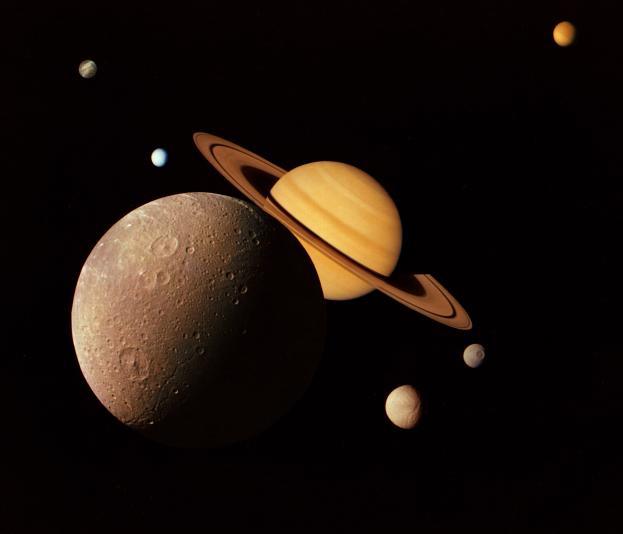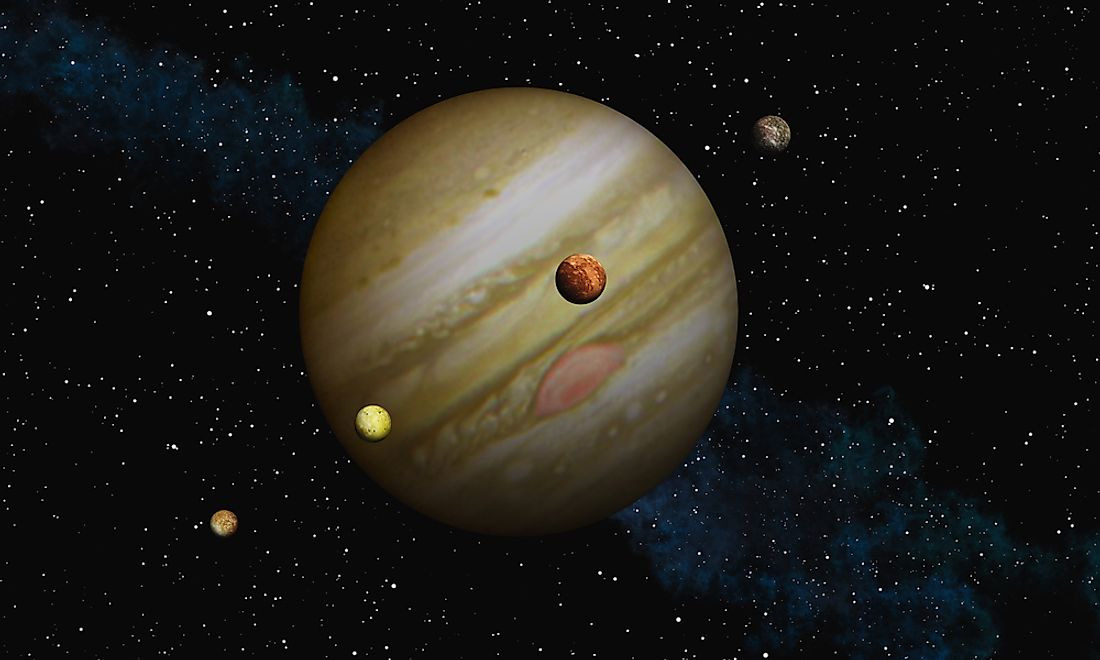Uranus means:
In astronomy mythology, Uranus was the lord of the skies and husband of Earth. He was also the king of the gods until he was overthrown by his son Saturn.
How much would you weigh on Uranus?
It would take you many years to fly a rocket to Uranus. When you arrived you would weigh less because Uranus’ gravity is not as strong as the Earth’s. If you weigh 70 pounds (32 kg) on Earth, you would weigh 62 pounds (28 kg) on Uranus.
The Planet
Like Jupiter and Saturn, Uranus is a gas giant. But Uranus is a little different. Unlike all the other planets and most of the moons in our Solar System, Uranus spins on its side. It is believed that long ago a very large object smashed into this planet. The crash was so powerful that it completely changed the direction of Uranus’ planetary rotation. However, a more recent theory is that the extreme tilt of Uranus’ axis may have been caused by a large moon that was slowly pulled away from the planet by another large planet long ago when our Solar System was still new. It is thought that the gravitational pull of this moon moving away from Uranus may have caused it to tilt on its side.
Like Saturn, the thick atmosphere of Uranus is made up of methane, hydrogen and helium. But Uranus is an extremely cold planet. It has been called the “ice giant.” It is believed that Uranus is made up of rock and ice and has a large rocky core. Because of the tremendous planetary pressure of Uranus, there could possibly be trillions of large diamonds in or on the surface of this planet.
Scientists also believe that on the surface of Uranus there may be a huge ocean. And, interestingly, it is thought that the temperature of this ocean may be extremely hot, maybe even as hot as 5000 degrees Fahrenheit (2760 Celsius).
Uranus is almost identical to the planet Neptune.
Rings
Uranus also has rings, though they don’t stretch out as far as the rings of Saturn. The rings of Uranus are made up of black dust particles and large rocks.
Moons:
Uranus has 27 moons. Five of these moons are large and the rest are smaller. The largest moon is Titania, followed by Oberon, Umbriel, Ariel and Miranda. Some of the smaller moons are named: Belinda, Bianca, Caliban, Cordelia, Cressida, Desdemona, Juliet, Ophelia, Portia, Puck, and Rosalind.






